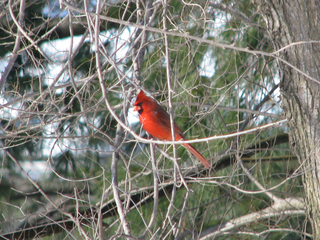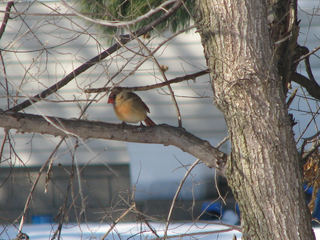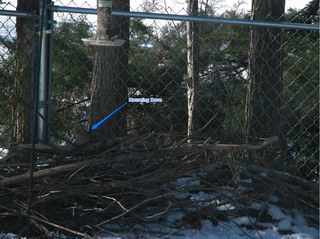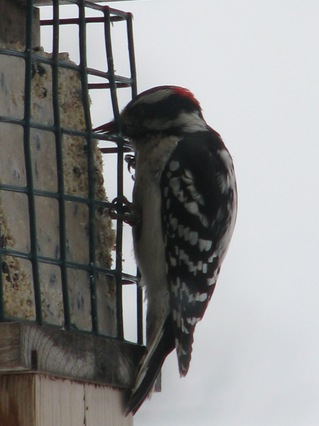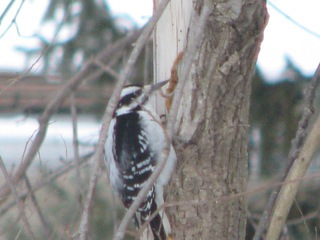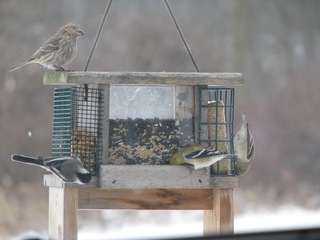These are excerpted from an entry in Charles Stross's
blog. He's a Science Fiction author, has published through Macmillan, and, until
very recently, referred readers to Amazon. These passages are most relevant to what I want to say (emphasis his, in all cases):
Publishing is made out of pipes. Traditionally the supply chain ran: author -> publisher -> wholesaler -> bookstore -> consumer.
Then the internet came along, a communications medium the main effect of which is to disintermediate indirect relationships, for example by collapsing supply chains with lots of middle-men.
From the point of view of the public, to whom they sell, Amazon is a bookstore.
From the point of view of the publishers, from whom they buy, Amazon is a wholesaler.
From the point of view of Jeff Bezos' bank account, Amazon is the entire supply chain and should take that share of the cake that formerly went to both wholesalers and booksellers.
<break>
The agency model Apple proposed -- and that publishers like Macmillan enthusiastically endorse -- collapses the supply chain in a different direction, so it looks like: author -> publisher -> fixed-price distributor -> reader. In this model Amazon is shoved back into the box labelled 'fixed-price distributor' and get to take the retail cut only. Meanwhile: fewer supply chain links mean lower overheads and, ultimately, cheaper books without cutting into the authors or publishers profits.
The point, in a nutshell, is that Amazon wants to keep the current supply chain. Amazon does
not want to go back to a world in which Amazon is only tail-end-Charlie, the book-seller.
That's an untenable situation, because in an ebook market, there really isn't anything to "wholesale." That part of the supply chain is unnecessary. There's no reason to pay for it. Obviously, Amazon's not going to shrug and say "Oh, well. Guess we'll just have to get used to less money." This fight isn't about what
we pay to Amazon, it's about what
Amazon pays to
Macmillan. Everybody understands that ebooks will cost less (both to produce, and at the retail counter). Amazon & Macmillan are trying to decide who has to absorb the loss.
If that's the case, then why is the fight ostensibly about the consumer price of an ebook? The short answer is that Amazon uses that "extra" slice-of-the-pie to fund discounted prices for Kindle editions. Amazon's strategy was to discount Kindle editions, acquiring the same sort of lock on ebooks that Amazon has on paper-books. Then Apple came along with the iPad/iBookstore. Apple is the kind of company that can sell enough devices to make iPad an "overnight" competitor to Kindle. Or make the iBookstore a serious alternative to purchasing ebooks from Amazon. No lock on the ebook market means Amazon can't dictate terms to Macmillan, et al. No ability to dictate terms means Amazon eats part/all of the reduced profits in an ebook-future.
So what does this mean for us, the consumers? Not much. Ebooks
will be less-expensive than paper-books. But right now, they account for 1% of book sales (according to the estimate I read today, anyway). They are a niche, luxury market -- like limited editions. As they become more mainstream, they'll conform to a pricing model that we all know: they'll be more-expensive when first published, and gradually decrease in price to some floor that reflects the minimum cost of availability. The initial prices will be something like $15, not $10 (nor $25). But, remember, Amazon offered that $10 price to serve a purpose. There is
no doubt in my mind that it would have increased, substantially, had Amazon captured control of the ebook market.
Oh, and one more thing, for anyone thinking Amazon doesn't do this sort of thing:
http://www.thebookseller.com/news/59533-hachette-clashes-with-amazon.html.
